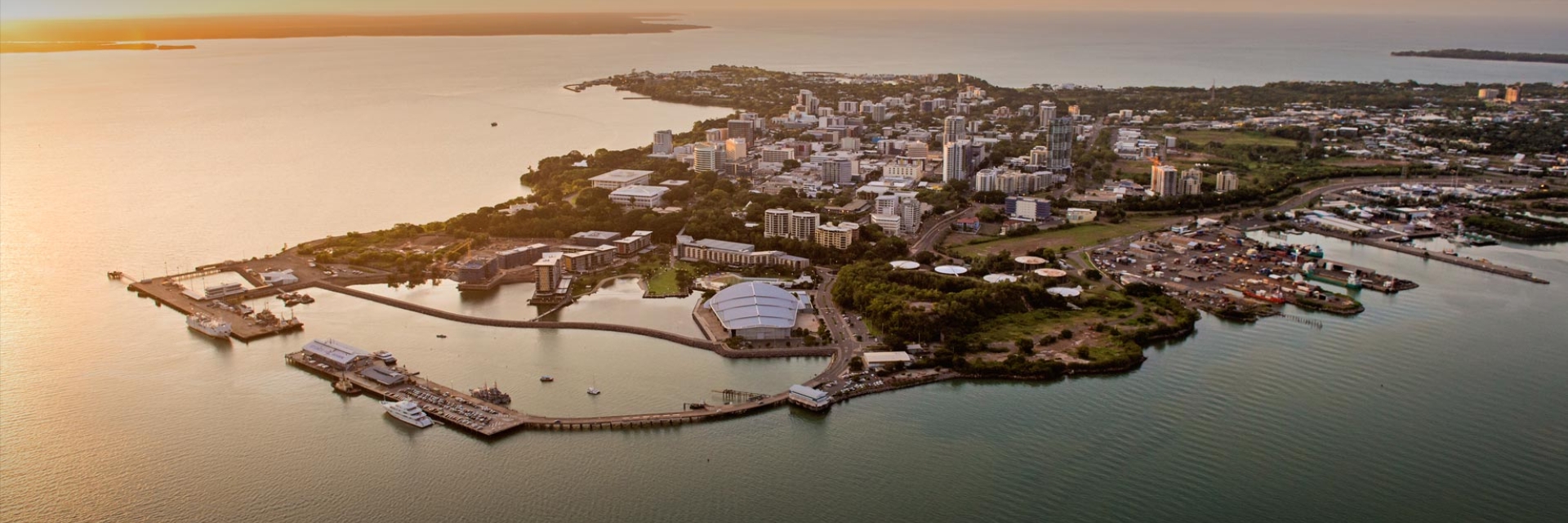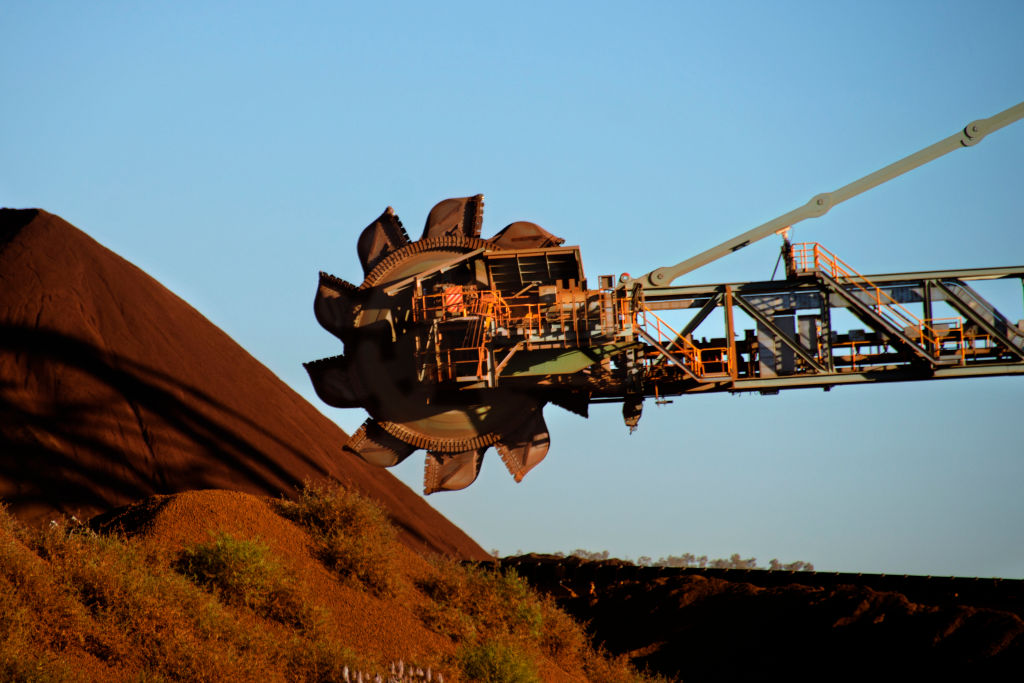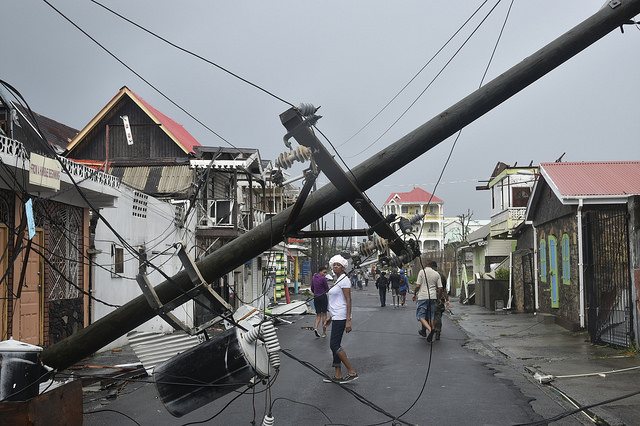Bookshelf: How China sees things

Here’s a book that looks not in at China but out from China.
David Daokui Li’s China’s World View: Demystifying China to Prevent Global Conflict is a refreshing offering in that Li is very much a part of the Chinese system, despite his studies and appointments at US universities. He is a professor of economics at Tsinghua University and has been a member of the monetary policy committee of China’s central bank. And while he defends Chinese economic and political authoritarian governance, he offers many insights and dispels some myths.
China’s World View provides a detailed explanation of the Chinese approach to governance. What is perhaps the most striking is the array of consultative processes in this authoritarian system. Li himself is often called upon to advise the Chinese Communist Party and government on economic policy. Li writes of the paternalistic relationship between government and citizens, and how the party is sensitive to public opinion and possible discontent. Even authoritarian governments depend on popular support.
Li emphasises that ‘history is the key to understanding today’s China’, and he writes that ‘Chinese people are accustomed to having a long-term view and perceiving history in cycles’. Elite views are particularly shaped by the century of humiliation—from the Opium War in the early 1840s to the end of the Japanese invasion in 1945—and the tumultuous period under Mao Zedong’s leadership.
Li argues that history helps understand the Chinese government’s extraordinary stimulus in response to the global financial crisis, representing 7.5 percent of GDP in 2009 and 2010. Premier Wen Jiabao ‘did not wish to be recorded in history to be a slow-acting decision maker facing a brewing crisis’. Many Chinese economists have since attacked Wen for driving Chinese debt to very high levels. But Li is convinced that Wen made the right decision at the time. It is also true that authoritarian regimes see crises as existential threats and that Wen may have acted out of fears for regime security.
China practices ‘respect-centred’ diplomacy through which it seeks respect and moral recognition, according to Li. Chinese foreign policies, such as the Belt and Road Initiative, are not solely in pursuit of economic and other interests. Such Belt and Road partners as Sri Lanka may not agree. Li writes that US President Donald Trump’s biggest mistake was his lack of respect for the Chinese government. (China’s World View was published in March 2024, before Trump’s return to the White House.)
Li’s discussion of respect-centred diplomacy makes no mention of China’s infamous wolf-warrior diplomacy, nor China’s sometimes vindictive reactions when it feels that it is disrespected. There is no reference to China’s economic sanctions on Australia, in response to the call for an independent, international enquiry into the origins of Covid-19. Indeed, there is no mention of Australia in the book.
So what is China’s world view?
According to Li, there would be four main aspects to the mainstream perspective of China’s world view.
First, China believes in mutual respect between countries for political and ideological diversity, meaning the West should not interfere in Chinese politics. There is no mention of Chinese interference in other countries using grey zone and other activities.
Second, economic collaboration should be the cornerstone of international cooperation, since politics can be divisive.
Third is historical conservatism, meaning that China does not seek to overturn history, such as Russia’s seizure of Chinese lands during the 19th century. But accepting history does not limit Chinese claims to Taiwan, the Senkaku Islands and the South China Sea.
Fourth, China does not seek to expand its territory (!).
Li is convinced that the rise of China is beneficial for the whole world as it has increased opportunities for others and expanded the provision of global public goods. Moreover, friendly competition between China and the United States is fostering innovation and progress in many fields.
China’s World View is an important book. Not many Western readers will be convinced by Li’s defence of the Chinese socio-political system, but he does offer important insights. Moreover, with China being an unavoidable reality in international politics and economics, the West must understand Chinese thinking, and Li’s book goes some way in helping such understanding.






